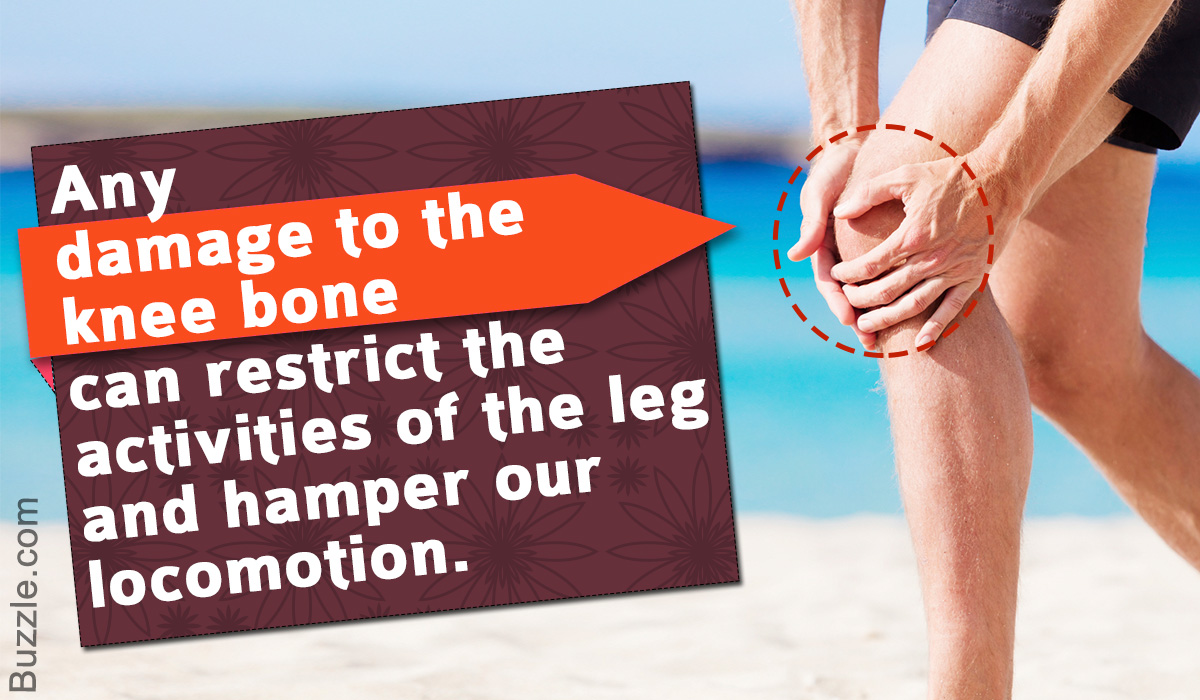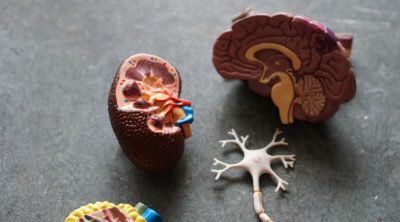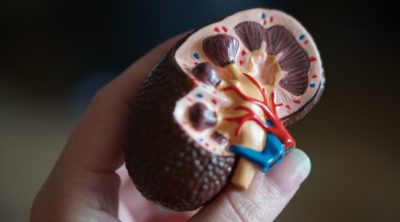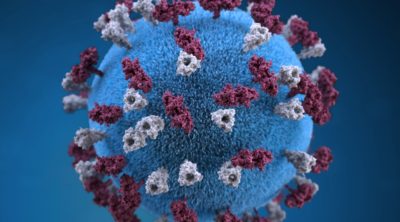
To understand one of the most complex joints of our body i.e. the knee joint, you need a perfectly labeled diagram of the knee. This will help you to understand the mechanism as well as the working.
We use our knee joints when we sit, fold legs, run, walk or do any kind of leg movement. They connect the lower leg to the rest of the body and gives stability, flexibility and strength. They support the legs to bear the body weight and also help in proper locomotion. Any disorder or defect in the knee bone can restrict the activities of the leg which can directly affect our locomotion. Below given knee diagram will help you to understand the various parts and functioning of the knee joint.
Labeled Diagram of the Knee Joint
Knee joint is one of the most important hinge joints of our body. Its complexity and its efficiency is the best example of God’s creation. The anatomy of the knee consists of bones, muscles, nerves, cartilages, tendons and ligaments. All these parts combine and work together. Damage in even one part can hinder the functioning of the knee. The given diagram of the knee joint can help you to understand its various parts and the description given below will give you an insight of the functioning of the knee.
⚫ Bone
There are three bones in the knee namely the femur which is the thigh bone, tibia which is the shin bone and patella which is the knee cap.Femur is the largest bone of our body, which meets the tibia or shin bone at tibiofemoral joint. Patella sits over the other two bones and slides to facilitate the movement. These bones are firmly attached with the help of muscles and tendons which also save the bones from injury.
⚫ Muscles
Quadriceps and hamstring muscles are the major ones which are associated with the knee joint. Four quadriceps muscles are present in front of the knee which help in straightening the leg from the knee. The hamstring muscles are present at the back of the knee and help in bending. Although calf muscles are not associated with the knee joint, their work is to help in controlling the knee while walking.
⚫ Nerves
Knee nerves allow the sensory orientation in the joints. These nerves help in coordinating movements while walking, running, standing, etc. These nerves are very delicate and can be affected in case of injury which may lead to severe knee pain.
⚫ Cartilages
Cartilages are thin layers present in between the bone which decreases the friction. There are two types of cartilage present in the knee. They are fibrous (meniscus) cartilage and hyaline (articular) cartilage. Fibrous or meniscus cartilage is known for its shock absorbing quality. It is C-shaped and helps in resisting body pressure. Meniscus cartilage is further divided into medial meniscus and lateral meniscus. Hyaline cartilage or articular cartilage covers the joint surface and helps in the smooth movement of bones which is facilitated by the synovial fluid. Cartilages wear off with time. This is the reason why old people are more susceptible to fractures and pain joints.
⚫ Tendons and Ligaments
Tendons are the connective tissues between the bones and the muscles. Tendons in the knee play a very important role in holding the knee and the muscles together. The patellar tendon holds the patella with other two bones, similarly iliotibial band helps in supporting tibia and fibula. Now let’s come to ligaments of the knee. They are the connective tissues between two bones. There are four types of ligaments namely Medial Collateral Ligament (MCL), Lateral Collateral Ligament (LCL), Anterior Cruciate Ligament (ACL) and Posterior Cruciate Ligament (PCL). MCL provides stability to the inner knee and LCL provides stability to the outer part. ACL and PCL are present in the center of the knee. ACL helps in limiting the rotation and forward movement of tibia whereas PCL limits the backward movement of the same.
So, these are the part of the knee which facilitates walking, running and many such movement in the human body. The joint allows flexion, extension and even rotation of the lower leg till some extend. Knee joint is very frequently used and this is the reason why it is prone to injury. Knee exercises are considered to be very helpful in healing knee injuries. In severe cases, knee replacement surgeries are also conducted. I hope the above given diagram and description of the knee was helpful for you to understand the knee anatomy in detail.




